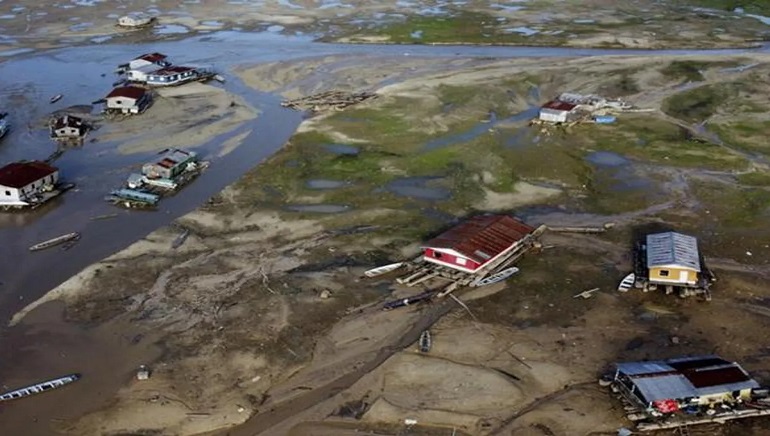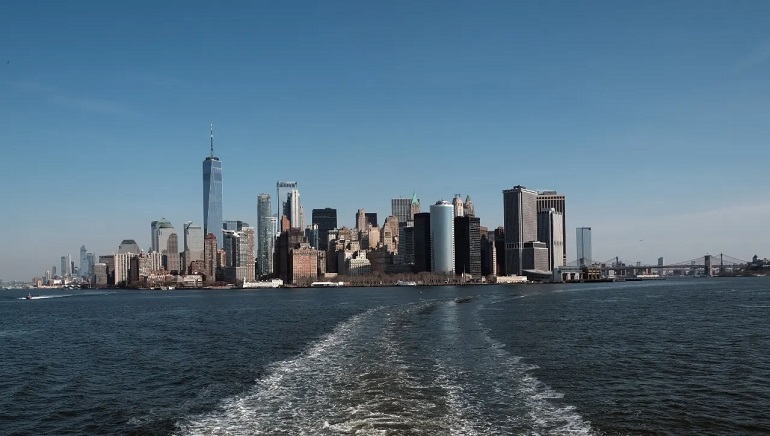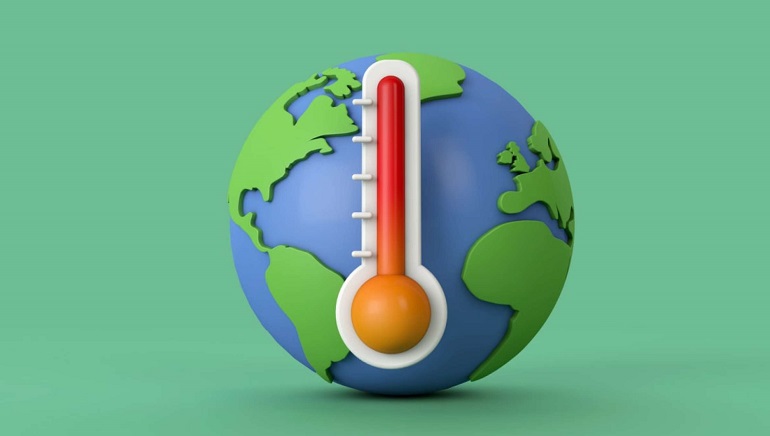In a first, France has decided to ban short domestic flights for journeys possible in less than two-and-a-half hours by train, with the objective to reduce carbon emissions from aircraft. Accordingly, flights will not operate between Paris and regional hubs such as Nantes, Lyon and Bordeaux. The government has also specified that the train services on these routes would be frequent and well-connected.
With the move, city hopping within the European nation is grounded. Travellers looking to fly within France will no longer be able to take a short domestic flight when there is alternative high-speed rail service. The move is part of the country’s larger commitment to decarbonise transport, which accounts for 30 percent of emissions, according to the statement. According to the French Directorate General for Civil Aviation, this ban will cut 55,000 tonnes of carbon dioxide annually.
So far, only three routes, not including connecting flights, have been affected: Paris-Orly airport between Nantes, Bordeaux and Lyon. The routes represent 2.5 percent of France’s annual domestic flights. The country plans to evaluate the decree’s success in three years and possibly ban more routes.
In 2019, French President Emmanuel Macron had suggested domestic flights of less than four hours to be banned if someone could just take the train. The two-and-a-half-hour ban was introduced in 2021 after pushback from airline companies such as Air France-KLM.























